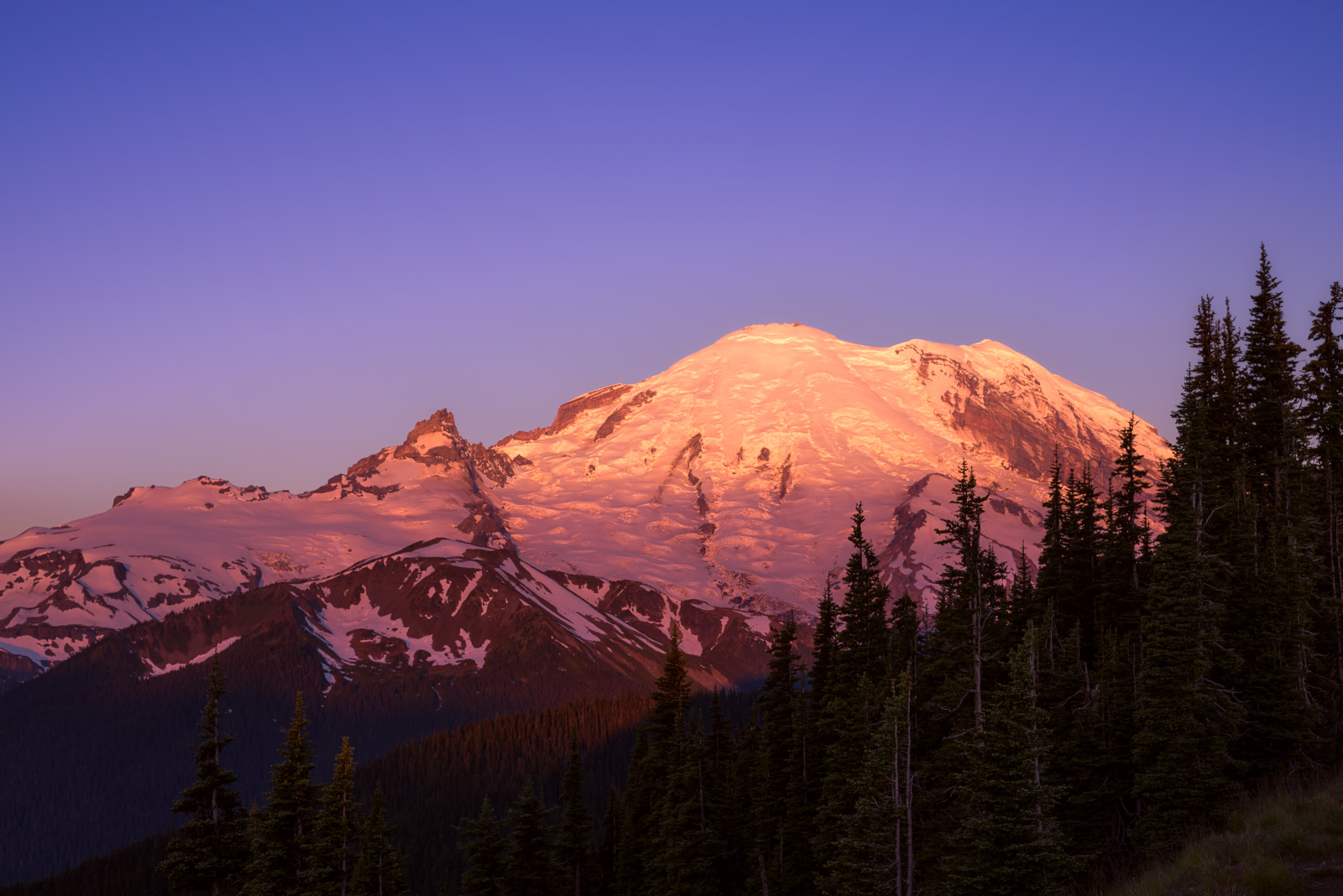Ay the San Juan Mountains. I didn’t think fall foliage would look this nice but apparently those yellow and red aspens under a nice mountainous backdrop really can leave your mouth ajar.
The thing about the San Juan Mountains is that it’s pretty remote and not internationally well-known, like say nearby Arches and Canyonland National Parks. This makes it less of a place for Disneyland tourists and more for people coming to hike, climb, off-road or run; my kind of people.
There are easy viewpoints to get to and hard remote ones and bunch in-between. The ones you’re more than likely to have seen before are from the Dallas Divide, Million Dollar highway, or from the Telluride area. There’re not super easy to access though, as they usually require dirt road driving (probably the reason you see less tourists).
I did plan two hard hikes; one to Wetterhorn Peak and the other to Mount Sneffels. I couldn’t really make either though. Hiking up to Wetterhorn basin, I had only 4 hours of sleep the previous two nights. Add to that, camping at 12,000 ft and another night with even less sleep, I awoke in the morning with some altitude sickness and a massive headache.
High camp, at Wetterhorn Basin.
I did get some great astrophotography pictures while up there, in the night though, and massive headache or not I was going to climb something and I settled for Wetterhorn’s neighbor, Matterhorn Peak at 13,590 ft. I would regret climbing it though, as the climb back down was twice as hard as the climb up and it made me way too tired to do anything the rest of the day or the next morning, so Sneffels was out of the question.
Next time I come I’m spending some more time and pacing myself a little better. Heck, I think I’ll leave the heavy ass camping and camera gear and do some running.
Wetterhorn Peak, at the dead of night.






